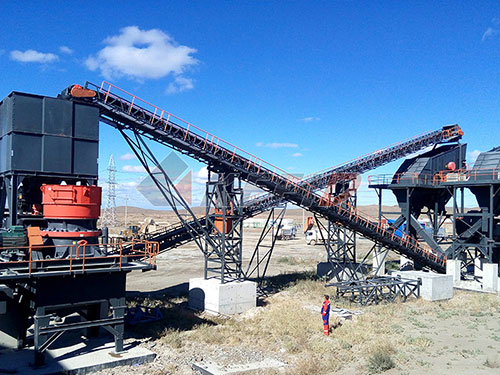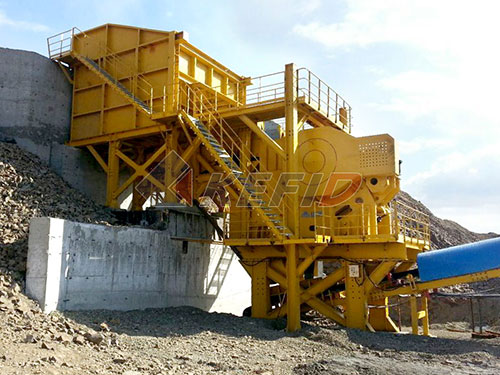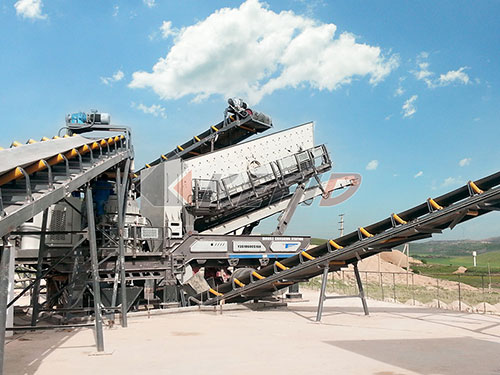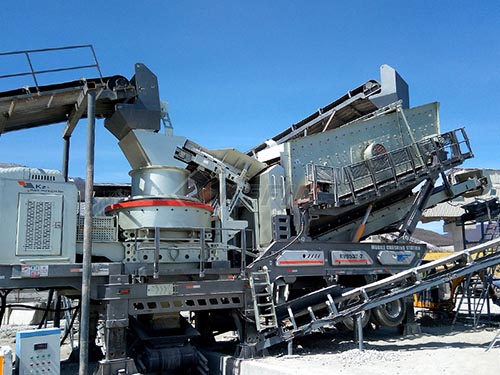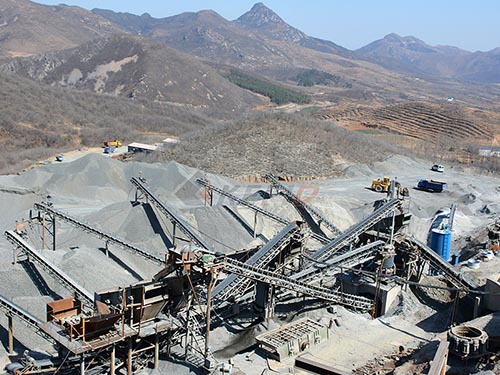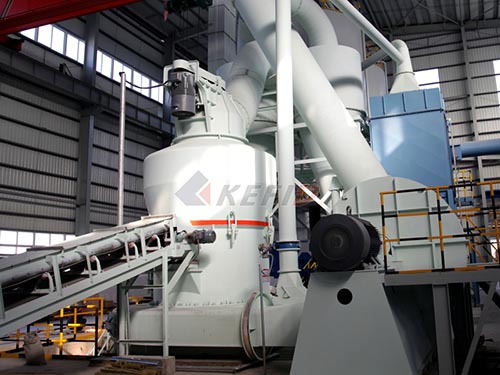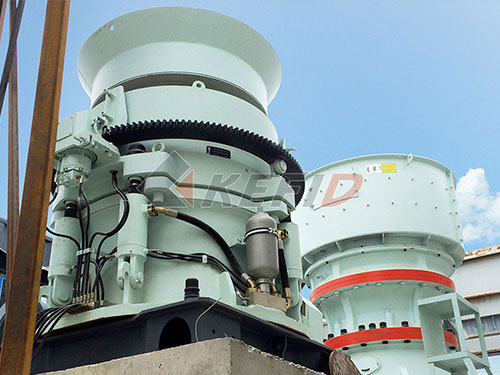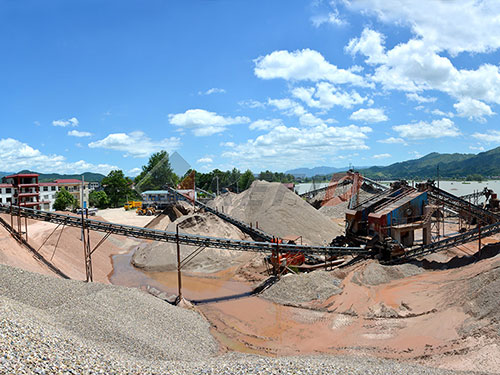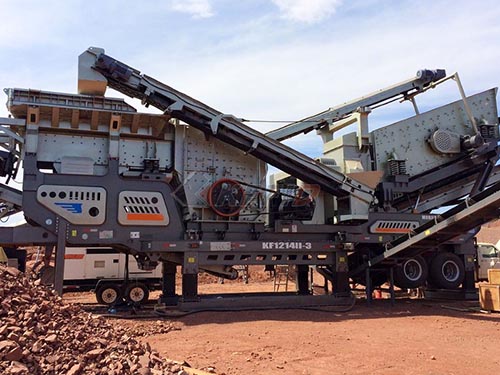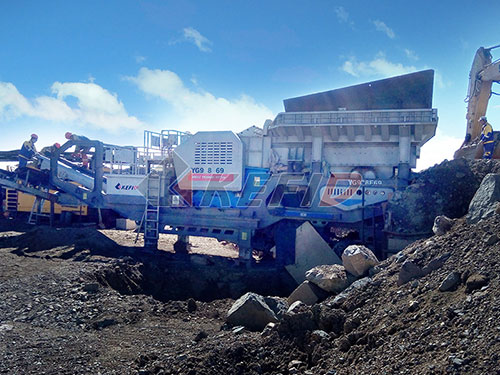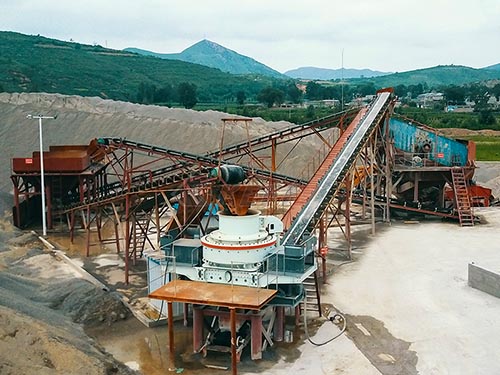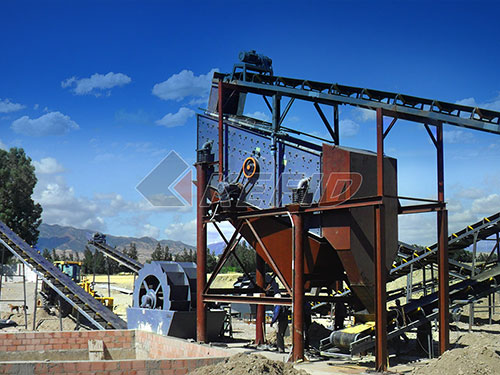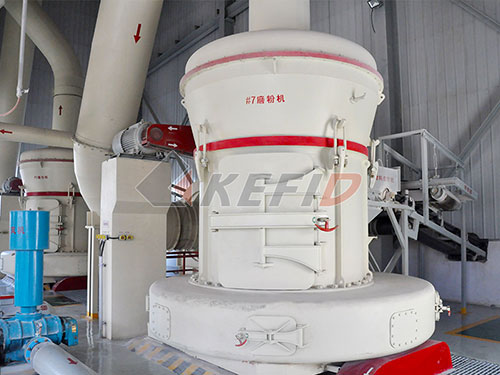The Indispensable Talent: Mastering the Art of Crusher Machinery Operation
Within the robust heart of mining, quarrying, and aggregate production lies a critical piece of equipment: the crusher. These powerful machines are the frontline warriors, reducing massive rocks and ores into manageable sizes. However, their effectiveness hinges not just on engineering prowess but on a crucial, often understated element – the skilled operator. Possessing the right talent for crusher machinery operation is paramount for maximizing productivity, ensuring safety, and safeguarding substantial capital investment.
Beyond Levers and Buttons: The Core Competencies
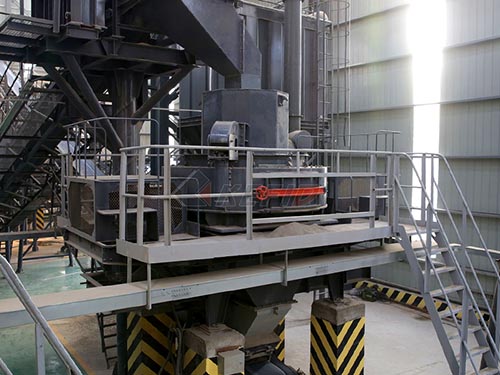
Operating a crusher transcends simple mechanical control. It demands a unique blend of technical knowledge, situational awareness, and proactive problem-solving:
1. Deep Technical Understanding: Operators must grasp the fundamental principles of crushing (compression, impact, attrition) and the specific mechanics of their machine (jaw, cone, gyratory, impactor). Understanding how settings like CSS (Closed Side Setting), speed, and feed rate influence product size, capacity, and wear is non-negotiable.
2. Acute Situational Awareness: A proficient operator constantly monitors a symphony of inputs:
Feed Material: Recognizing changes in size distribution, hardness (e.g., encountering unexpected granite vein), moisture content (causing clogging), or contamination (metal entering the chamber).
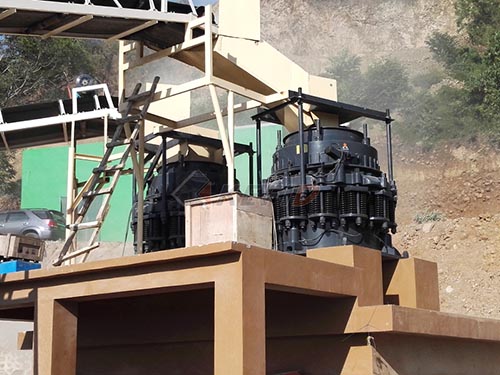
Machine Behavior: Listening for unusual sounds (metallic grinding indicating loose parts or bearing failure), observing vibration levels beyond normal parameters, and smelling for overheating components.
Performance Metrics: Tracking throughput rates, power draw trends (a sudden spike can signal overload or blockage), and product gradation consistency.
3. Proactive Problem Prevention & Swift Troubleshooting: The best operators anticipate issues before they escalate. Recognizing early signs of wear in liners or blow bars allows for scheduled changes rather than catastrophic failure. When problems arise – be it a jammed feed chute due to oversized material or an unexpected drop in product quality – they diagnose swiftly based on their understanding and observations. They know safe isolation procedures (Lockout/Tagout) intimately before any intervention.
4. Safety as Instinct: Crushing environments are inherently hazardous. Talent here means unwavering adherence to safety protocols: correct PPE usage at all times (hearing protection is vital!), maintaining safe distances from moving parts during operation and maintenance clearance zones during service. They understand pinch points around conveyors feeding the crusher and discharge areas.
5. Precision Maintenance Mindset


